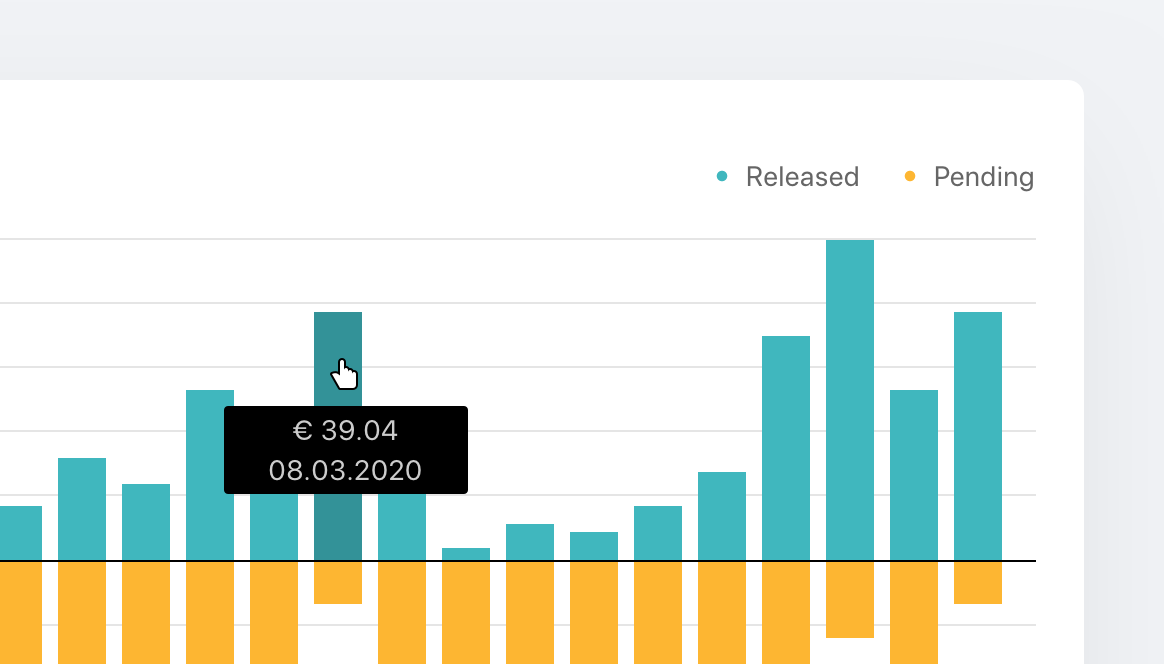

Although 8 participants had false-positive results, all of them had SSNHL that did not meet the full audiometric criteria.Ĭonclusions and Relevance The telemedicine model presented in this study for the diagnosis of SSNHL is valid and reliable.

The sensitivity and specificity of the telemedicine model for fulfilling the audiometric criteria of SSNHL (loss of ≥30 dB in ≥3 consecutive frequencies) were 100% (95% CI, 84%-100%) and 73% (95% CI, 54%-88%), respectively. Results Fifty-one patients with new-onset unilateral SHL participated in the study study (median age, 45 years 28 men). All diagnoses subsequently confirmed by a formal audiogram. Main Outcomes and Measures Discrimination between patients with and without SSNHL by using the telemedicine model. Interventions The telemedicine model comprised 2 sequential steps: a Weber test using the Hum Test and a smartphone-based vibration, and uHear app-based audiometry. The study included a consecutive sample of adult patients (aged ≥18 years) referred to the otolaryngology emergency department in our medical center with the chief complaint of new-onset unilateral SHL. Objective To explore the feasibility of a telemedicine model to assist in the evaluation of new-onset unilateral sudden hearing loss (SHL) among patients who do not have access to medical resources, especially during the COVID-19 pandemic.ĭesign, Setting, and Participants This prospective cohort investigation of a telemedicine model was conducted at a tertiary referral medical center between May 2020 and January 2021, with the interpreting physician blinded to the results of formal audiograms. Importance Developing a telemedicine tool to discriminate between patients who need urgent treatment for sudden sensorineural hearing loss (SSNHL) from those who do not takes on special importance during the COVID-19 pandemic. Shared Decision Making and Communication.Scientific Discovery and the Future of Medicine.Health Care Economics, Insurance, Payment.



 0 kommentar(er)
0 kommentar(er)
